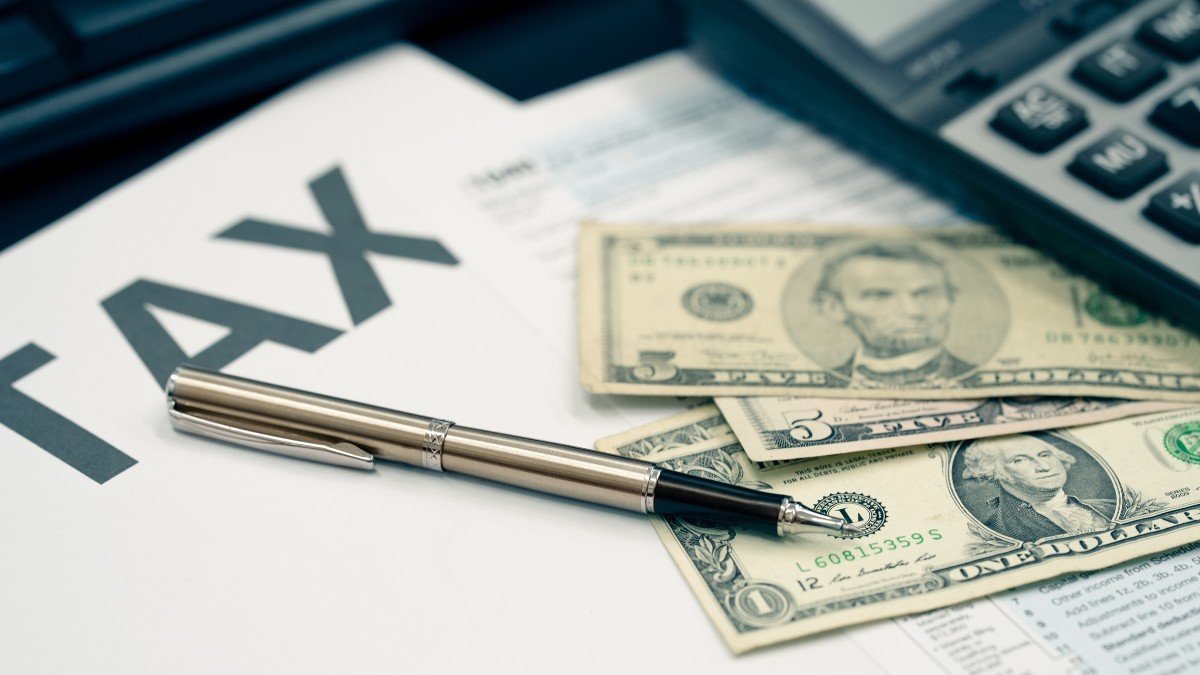A 403(b) Plan is a retirement plan created especially for public sector employees. And it’s beneficial for the people engaged in service-oriented positions such as schools, some non-profit organizations, and government agencies. It has similar benefits to be accrued to that of the 401(k) though the latter is more popular. The 403(b) plan is primarily for individuals who work in the fields of education, healthcare, and other non-profit areas.
Essentially, the 403(b) plan is a vehicle through which a worker saves a portion of his/her salary that is most likely to be accrued taxes from while in the plan. The amount is taken out of their paycheck before taxes, therefore the employee’s income tax is reduced. Moreover, the growth of the money in the plan is untaxed until the time it is taken out, which is typically the point of the retirement age.
Key Features and Benefits of a 403(b) Plan
1. Tax Advantages
The most attractive attribute of a 403(b) plan is the tax-break where the plan is involved. The sums put in the plan through your salary are the ones that are taken out first. That makes it possible to reduce your taxable income for the year. Eventually, this may be very helpful in getting more tax savings during your working years and enjoying the tax-deferred growth of your investments as the amount rises over the years.
On the onset of withdrawal from your 403(b) account at retirement, you will be taxed at the marginal rate on those distributions. The rationale is that your income subject to tax most probably will be less, thereby you pay a lower tax amount.
2. Contribution Limits
In 2025, workers probably in their early or mid-40s are allowed an annual limit of $22,500 in 403(b) contributions. Besides that, the “[catch-up](75)” provision allows for an additional investment of not more than $7,500 by those who have attained the age of 50, and hence, the whole contribution will be $30000 for the period. The idea of these figures is to create a proper decorum to ensure that people also save for a future (retirement) they are not fully part of.
Employers generally give a portion of the money which is then transferred into the 403(b) accounts of the employees, most commonly, through matching and non-elective contributions.
3. Investment Options
Under a 403(b) arrangement, you will usually find a varied set of investment options, such as mutual funds, annuities, and in some cases individual stocks or bonds. The particular investment alternatives available will to a large extent be influenced by his or her retirement plan provider, but there is no hiding from the fact that diversification is the best practice at all times, especially now that you have to balance growth and risk.
When it comes to the 403(b) plans, the investment meant for them should be in a position to grow steadily over an extended period thereby allowing you the flexibility to reset the investment seasonal based on your risk tolerance.
4. Low Fees
While 403(b) plans may come with higher fees than most other IRA and Roth IRA, it is often found that there is a wide array of options from which to choose, particularly when an employer takes the responsibility of managing a retirement account successfully. Thus, due to lower fees one may be able to find a better return on their investment and thereby collecting more money to build their retirement.
Despite that, you should know the fees associated with your 403(b) plan and be sure to get the fairest of deals on your investment choices.
The SECURE 2.0 Act and the 403(b) Plan
The SECURE 2.0 Act that has been in effect from 2023 onwards has initiated few alterations, especially related to 403(b) plans. One such change, arguably the most impactful, is the rise in the required minimum distribution (RMD) age from 72 to 73. This move enables the saving up of money in retirement accounts for a longer time, the possible result of which is the even greater growth of such savings before any withdrawal is made obligatory.
Another significant change is about to bring long-term, part-time employees on board. Under the—long-term, part-time employees—SECURE 2.0 Act, workers who are engaged on a part-time basis but still prove their commitment to their employer by fulfilling a certain period of service, will have the option to participate in a 403(b) plan. This is a great opportunity for the part-time workforce in education and non-profit sectors to add to the economy and improve savings in the retirement arena.
The 403(b) Plan as a Key Retirement Tool
The 403(b) plan is the backbone of pension preparation for individuals in the educational, health, and charitable fields. A 403(b) plan, which is typically characterized by its tax advantages, specific contribution limits, and an extensive choice of investment opportunities, constitutes a part of the retirement savings in a tremendous way. If the 403(b) plan is accessible to you, ensuring that you take advantage to the maximum will still be beneficial to guarantee long-term financial stability.
Retirees, who have been primary participants under the 403(b) plan, should have been aware of the ongoing new realities of the program, more so those featured under the SECURE 2.0 Act, for a more focused form of retirement planning. If you are doubtful about the optimal level of contributions to make or investment decisions, then a good idea would be to seek advice from a financial advisor, who could specifically design a plan best suited to your retirement savings objectives.









